|
Today was a chilly VERY blustery day - my styrofoam Halloween headstone actually blew away this morning! Luckily it only blew into the side yard and wasn't too damaged. Long story short, it seemed like the perfect weather for chicken and dumpling soup. Only problem? I'd yet to find a good dumpling recipe. Until I consulted the glorious Ida Bailey Allen and her 1942 Money-Saving Cook Book. Ida Bailey Allen is one of my favorite relatively unknown celebrity cookbook authors. She was PROLIFIC and published over 50 cookbooks in her lifetime, from 1917 to the 1973 Best Loved Recipes of the American People, published the same year she died. A food writer, magazine editor, and essentially the founder of homemaker radio (she was the president of the Radio Homemakers Association), she was also the first female food TV host with her show "Mrs. Allen and the Chef" (you can listen to clip here!). One of the only moving images of Mrs. Allen that seems to survive on the internet is this little clip from the 1940s - a retrospective of the 1920s. Candy in tea! Who knew? Her Money-Saving Cook Book, first published in 1940 was republished in 1942 as a Victory edition, which is the version I have. It's just a delightful cookbook - chock full of basic, easy, and inexpensive recipes, as well as a bunch of 1940s-style vegetable recipes that I can't wait to try out. So when I was on the hunt for a dumpling recipe to go with my chicken soup, this one of the first cookbooks I consulted, and it did not disappoint. First, let's start with the chicken soup. Scratch Chicken Soup1 pound chicken 5 quarts water (or 4 quarts water and 1 quart chicken stock) 1 onion 2-3 ribs celery 1 cup diced carrots 1 cup frozen peas 1 cup frozen corn (or 1 bag mixed frozen corn, peas, and carrots) salt & pepper to taste Soup is always way easier than people think. It's just a matter of adding ingredients at the right time depending on how long they have to cook. Start with the chicken. You can use boneless or bone-in, skin-on. If using boneless, substitute 1 quart of water with chicken stock for extra flavor. In a large stock pot (I used my favorite cast iron dutch oven), add the chicken, water (and/or stock), onion, celery, and carrots (if using fresh). If not using chicken broth (which is salted), add a teaspoon of salt. Bring to a boil and reduce heat to a simmer, cooking until the chicken is cooked-through and the carrots are tender. About 20 minutes. Remove the chicken from the broth, dice, and return to the pot. Add the frozen vegetables and return to a simmer. Once the vegetables are tender, voila - chicken soup. You can now proceed to the dumpling recipe. Ida Bailey Allen's Puffy Drop DumplingsI didn't want to roll out the dumplings, so I used the Drop Dumpling version of the recipe. Here's the original, which turned out pretty well! I did substitute butter for the shortening. If you use salted butter, reduce the salt in the recipe to 1/2 or 3/4 teaspoon. 2 cups all-purpose flour 1 teaspoon salt 1 teaspoons baking powder 1 tablespoon unsalted butter 1 cup whole milk Use a balloon whisk to blend the flour, salt, and baking powder together. Cut the butter into small pieces and squish in the flour with your fingers (or cut in with a pastry blender) - there should be small chunks or streaks of butter left in the floury mixture. Then add 1 cup milk. Mrs. Allen called for a scant cup, but that wasn't quite enough - my mix was dry instead of being soft. Using a regular table or soup spoon, drop bits of dough about the size of a walnut (or a little larger) into the simmering soup. There will be a lot - submerge any exposed parts under the broth to make sure they steam properly. They'll start puffing up/breaking up almost immediately. Cover the pot and simmer for about 5 minutes. The flour from the dumplings will thicken the broth nicely. The dumplings exceeded my expectations - being a cross between that doughy chew you expect from a nice soup dumpling and light and spongy on the inside of the larger ones. All in all - a perfect one pot supper on a blustery, chilly day. The Food Historian blog is supported by patrons on Patreon! Join us for awesome members-only content like free digitized cookbooks from my personal collection, e-newsletter, and even snail mail from time to time!
3 Comments
One of the wonderful things about being a food historian is not only tracking down and finding wonderful historic and vintage cookbooks for my personal collection, but people also give me vintage cookbooks! This was part of one such gift: a rather large selection of Mary Lee Taylor PET cookbooklets. For those of you not familiar with it, PET is a brand of evaporated milk. First produced in Illinois in the 1880s, PET milk made a name for itself supplying soldiers during the Spanish American War and again in World War I. But following the war, production ratcheted down, and PET was known to be in trouble.
The 1920s and '30s were a time of advertising innovation and one woman stood out amongst the crowd. Erma Perham Proetz was born in Denver, Coloradio in 1891. After graduating from Washington University and marrying Dr. Arthur Proetz, the couple settled in Saint Louis, MO, where Erma started working in the advertising business, as a copy editor for the Gardner Advertising Company. In 1923 she was assigned to the PET Milk Company account. The company had been foundering after World War I. In 1924 she won the Harvard Advertising Award for distinguished individual advertisements, with its accompanying $1,000 award. In 1925 she took the award again, this time for the best use of both text AND illustration for the PET milk campaign. In 1927 she received the $2,000 Edward W. Bok prize by the Harvard Award Jury for the best planned and executed national advertising campaign for a single product - PET milk. She was the first person to ever win the Harvard Advertising Award three times. In 1930, she was made a director of the Gardner Advertising Company - just seven years after starting as a lowly copy editor.
Erma's true brilliance, however, was the idea of Mary Lee Taylor.
Mary Lee Taylor was a pseudonym for Erma (although whether or not they were one and the same is debated). Although Erma remained at the Gardner Advertising Company and eventually became an executive, she wrote for/as Mary Lee Taylor for the rest of her career. Taylor embodied the kind, chatty, experienced home economists that housewives had come to trust by the late 1920s. Combining all of the best advertising opportunities at the time, Erma put Mary Lee Taylor to work in print, including newspapers, magazines, and cookbooklets. Dozens of Mary Lee Taylor cookbooklets were published over the years, and I am lucky enough to have a good chunk of them.
Unfortunately, particularly with the summer themed ones, there is a fair amount of recipe repetition. And, of course, every single recipe uses PET evaporated milk! But there are some particularly fun favorites, including "'Husband-Tested' Recipes."
But as you can see from her little "Dear Friend" letter above, Mary Lee Taylor was probably best known for her radio show.
In the 1920s radio was still a fairly new medium, but mass production made radio sets more accessible to a wide range of Americans. It was a popular way for companies to advertise and product placement and corporate-sponsored shows soon became commonplace. Begun in 1933, the Mary Lee Taylor Show first aired on CBS and was one of the longest running cooking shows ever, ending in 1954. On CBS the show was just 15 minutes long, and featured a weekly recipe from Proetz as well as household tips, all using PET milk.
Erma was a member and leader of many women's and advertising groups, including the Women's Advertising Club of St. Louis, the St. Louis Branch of the Fashion Group, and the Council of Women's Clubs of the Advertising Federation of America. In 1935, Fortune Magazine named her one of 16 Outstanding Women in Business. In 1938, she attended the 34th annual convention of the Advertising Federation of America in Detroit, MI. An Associated Press article quoted her in a discussion about women in advertising. They wrote, "Ms. Erma Perham Proetz of St. Louis, a member of the Federation board, advised women hoping to enter advertising to take a home economics course, and to obtain some training in writing. 'The field is limitless,' she said."
And for Erma, it was limitless. She died on August 7, 1944 "after a long illness," and although her obituary is quite short, she had been executive vice president of the Gardner Advertising Company at the time of her death. That same year, the St. Louis Fashion Group, of which she had been regional director, announced the establishment of an Erma Proetz Memorial Scholarship at her alma mater - the Washington University School of Fine Arts "in recognition of her great interest in students and the wide help and encouragement she gave many young girls starting out on their careers."
In 1945, the Women’s Advertising Club of St. Louis established an annual Erma Proetz Award for the most outstanding creative work done by women in advertising. This award was dedicated Erma's memory as she "stood for the highest standards of advertising and whose faith in the ability of women in advertising was well known throughout the country."
In 1948 the Mary Lee Taylor Show moved to NBC, known as "Mary Lee on NBC" and was expanded to 30 minutes, with a serial drama between "Sally and Jim," a young couple. The show ended with the long-running recipe of the week and the creative addition of "Today's Recipe for Happiness," which included warm wisdom about family and life from Mary Lee herself.
Although Mary Lee Taylor did survive Erma by several years, but she couldn't quite make the transition from radio to the new medium of television. In 1954, Mary Lee Taylor went off the air. Despite that fact, Mary Lee Taylor and Erma Perham Proetz both left a lasting legacy. In 1952, Erma was posthumously inducted into the Advertising Hall of Fame - one of only a very few women to ever receive that honor. And Mary Lee Taylor lives on in the remaining radio shows and cookbooklets that people like me love to collect.
If you'd like to listen to more of the surviving Mary Lee Taylor radio shows, you can do so, thanks to the kind people of the Old Time Radio Researcher's Group on the Internet Archive. Listen to the Mary Lee Taylor Show now.
Bibliography
Erma's Advertising Hall of Fame listing.
Washington University Archives and an online exhibit 6 Copywriting Takeaways From a Real Life Mad Woman "Advertising Prize Won By D.C. Man," Evening Star, February 23, 1926. "Advertising Men Open Convention," Evening Star, June 13, 1938. "Mrs. Erma P. Proetz Dies; Advertising Executive," Evening Star, August 8, 1944.
And, as always, if you liked this post, consider becoming a member or joining us on Patreon. Members and patrons get special perks like access to members-only content.
|
AuthorSarah Wassberg Johnson has an MA in Public History from the University at Albany and studies early 20th century food history. Archives
July 2024
Categories
All
|
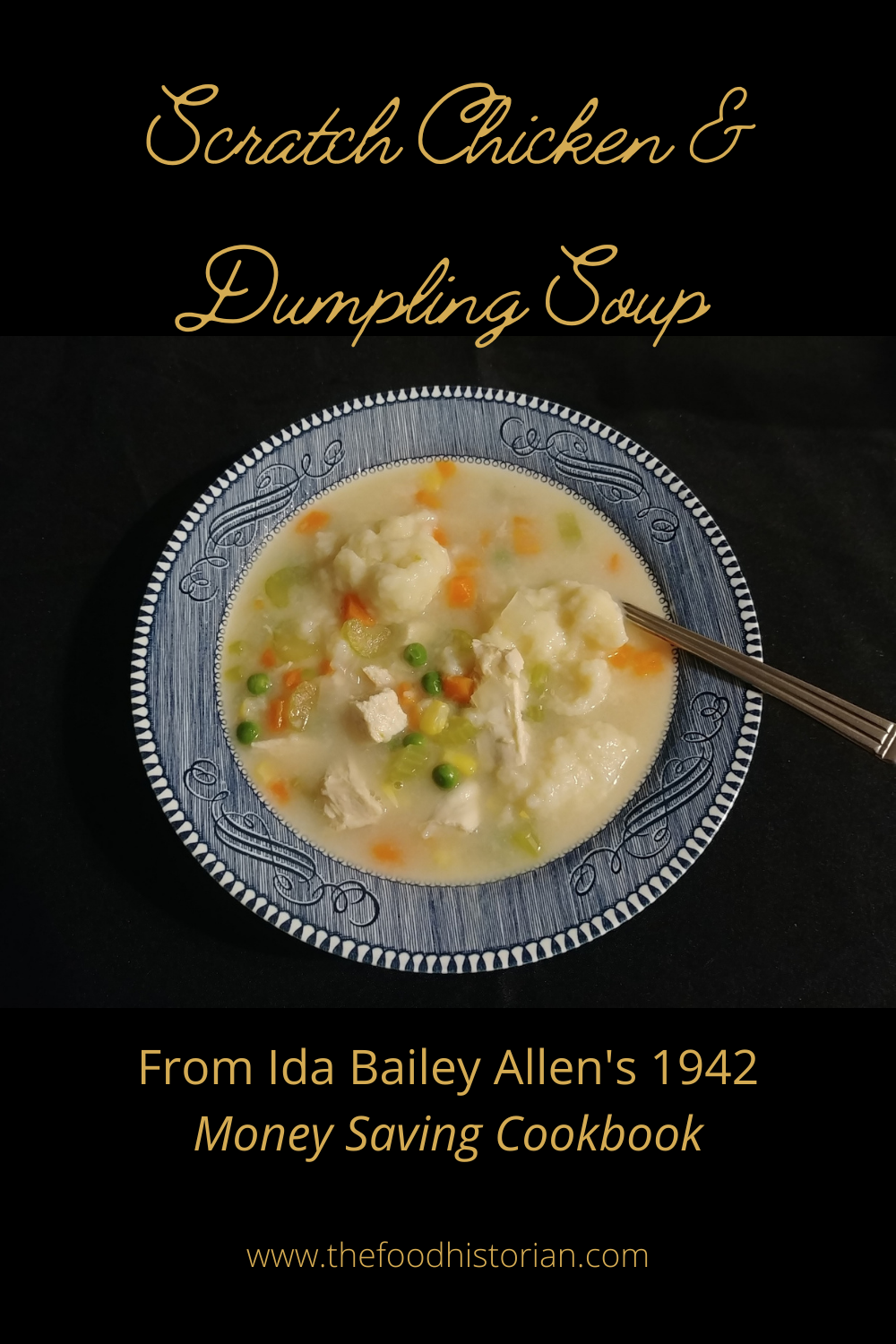
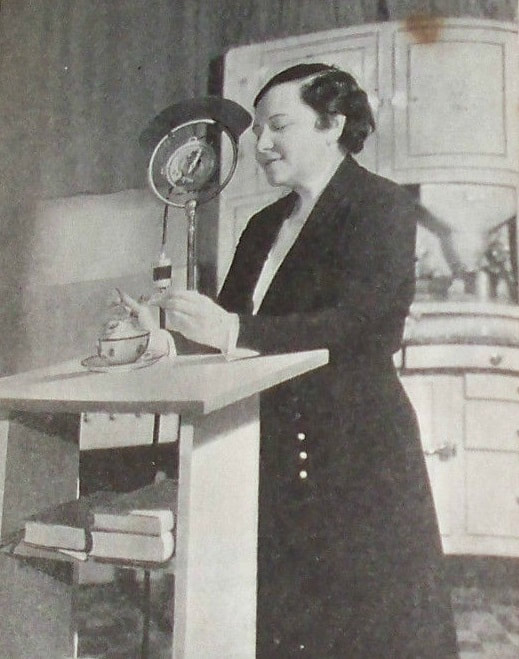
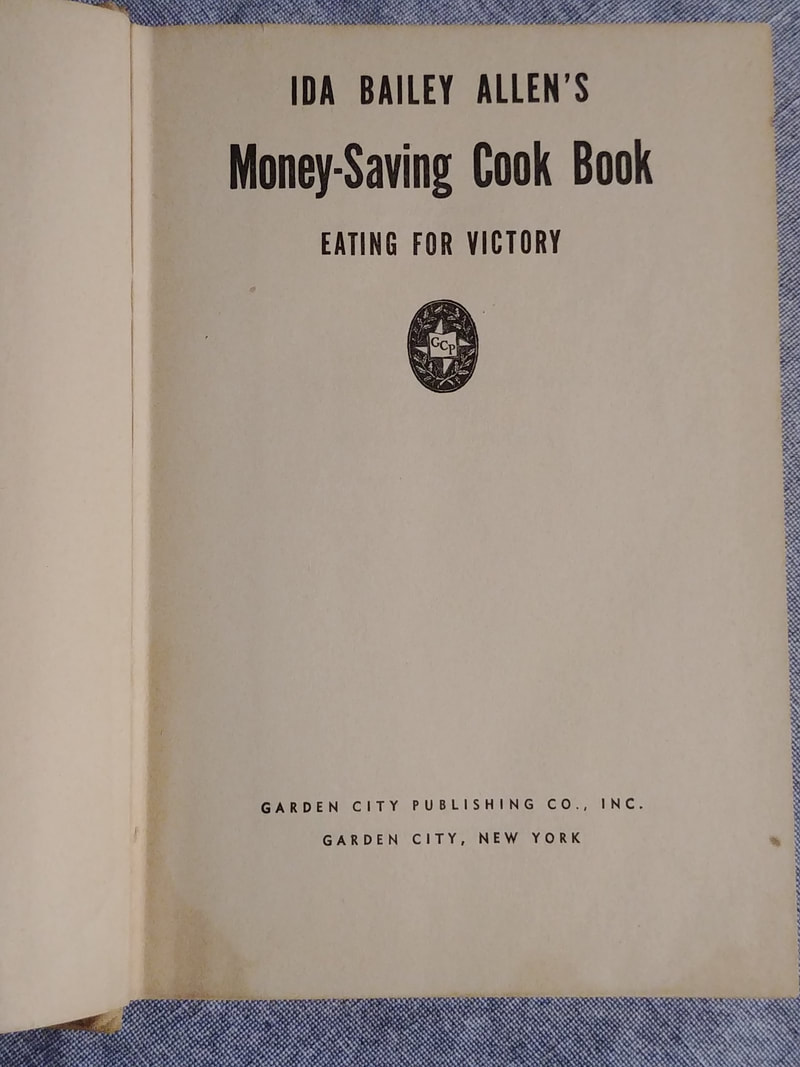
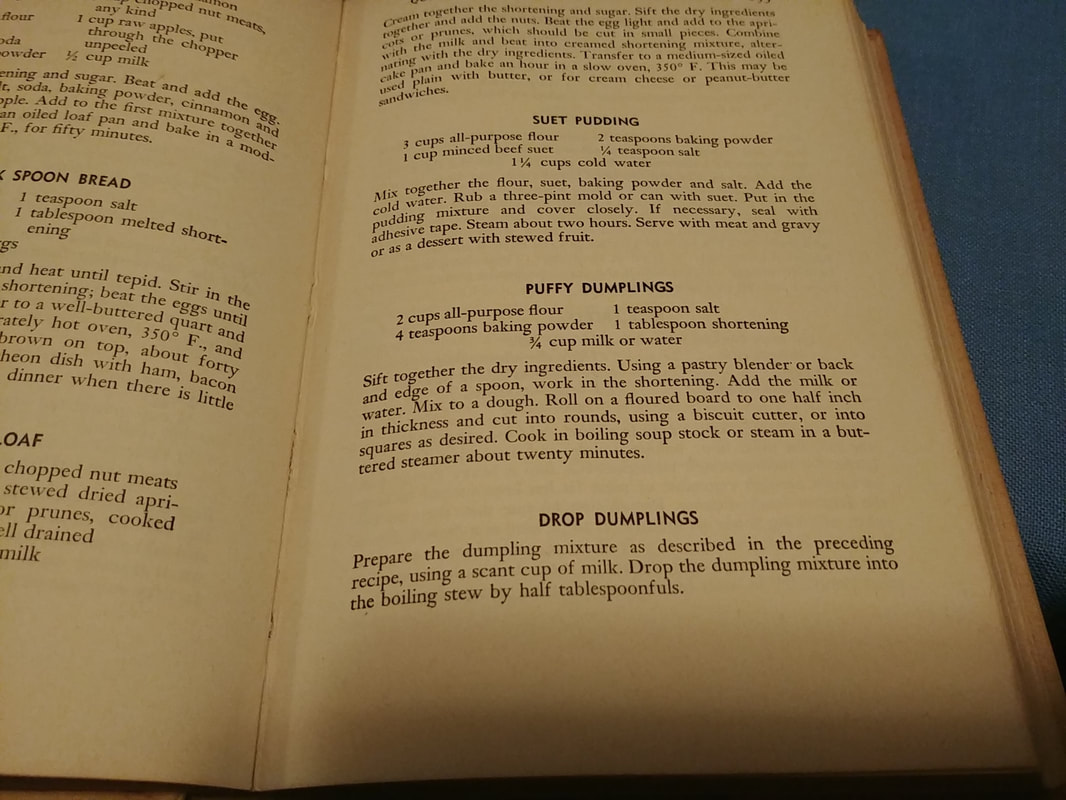
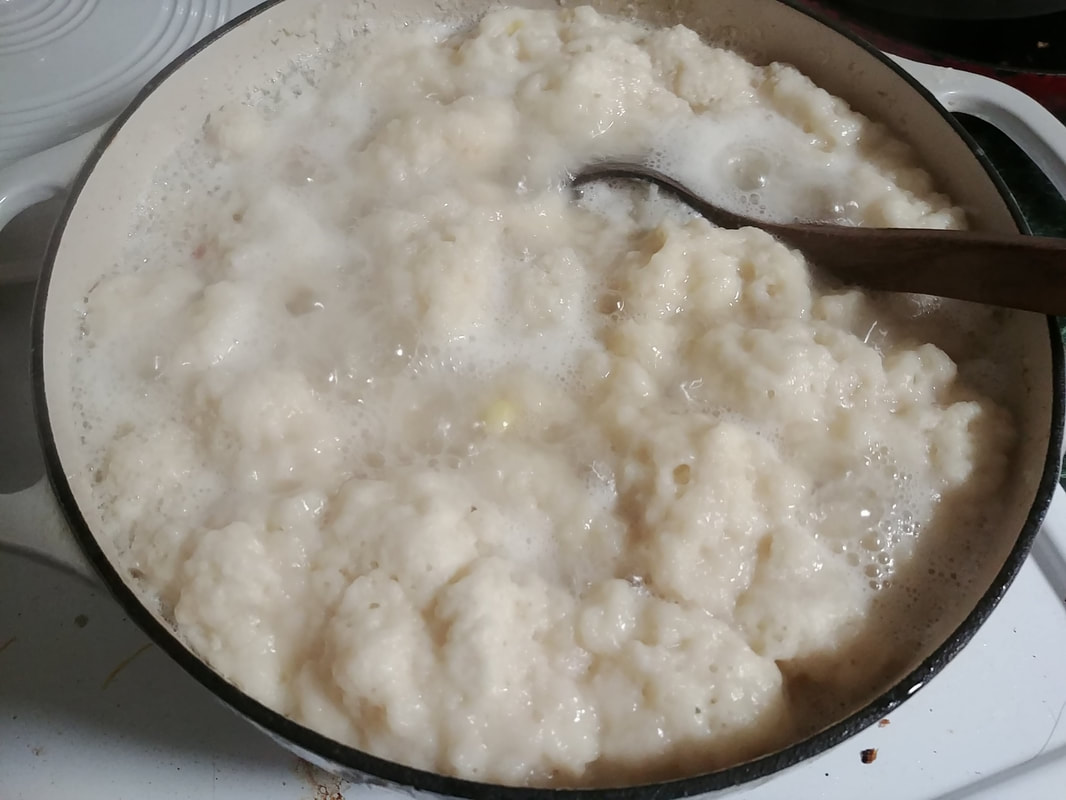
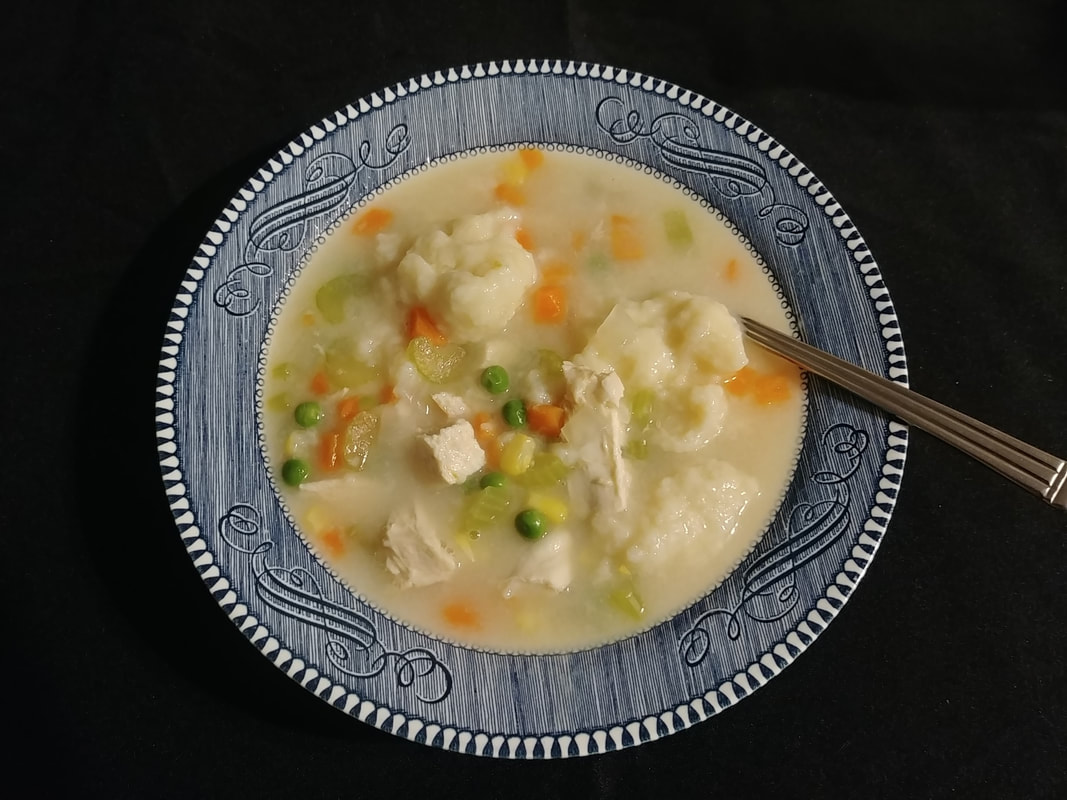
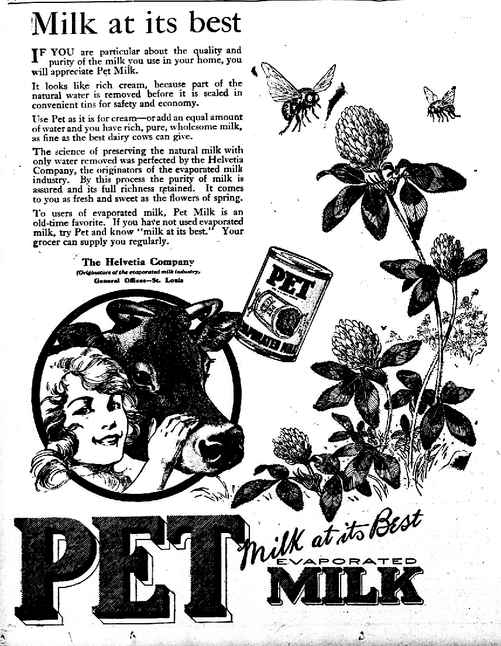
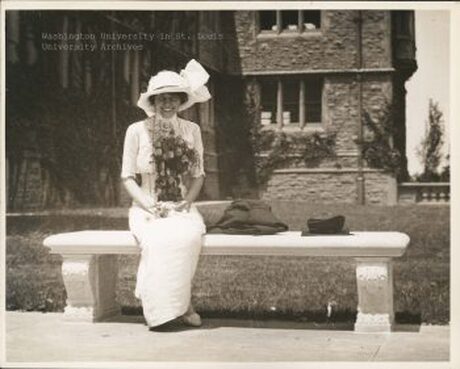
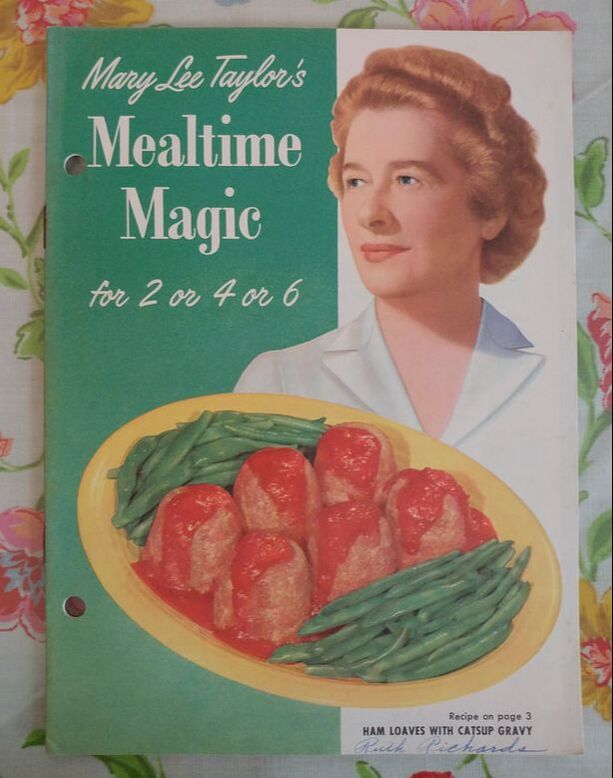
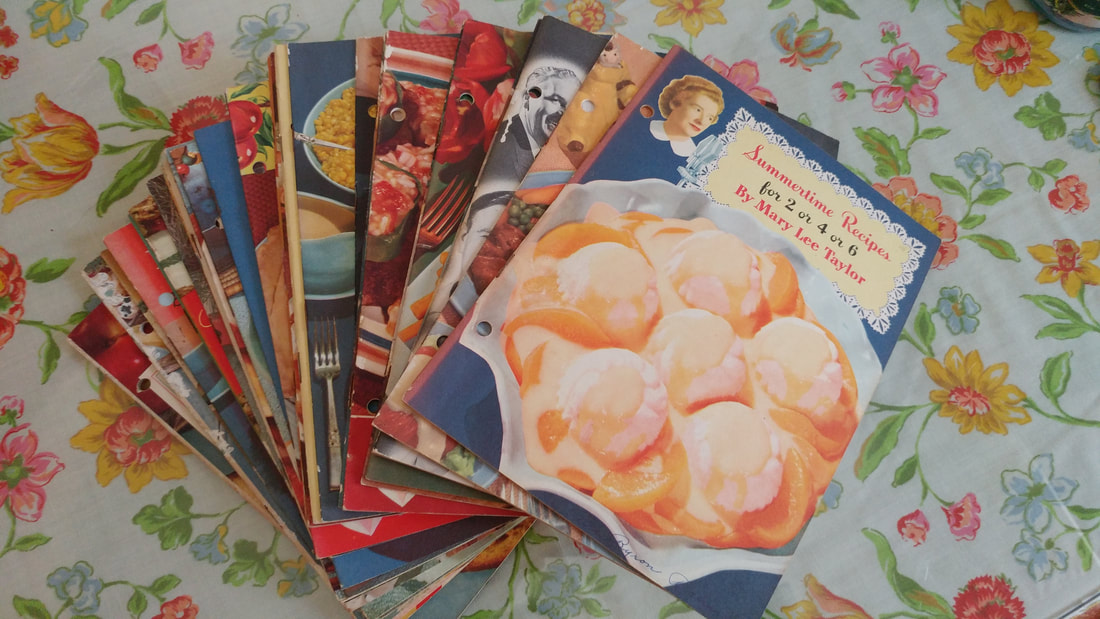
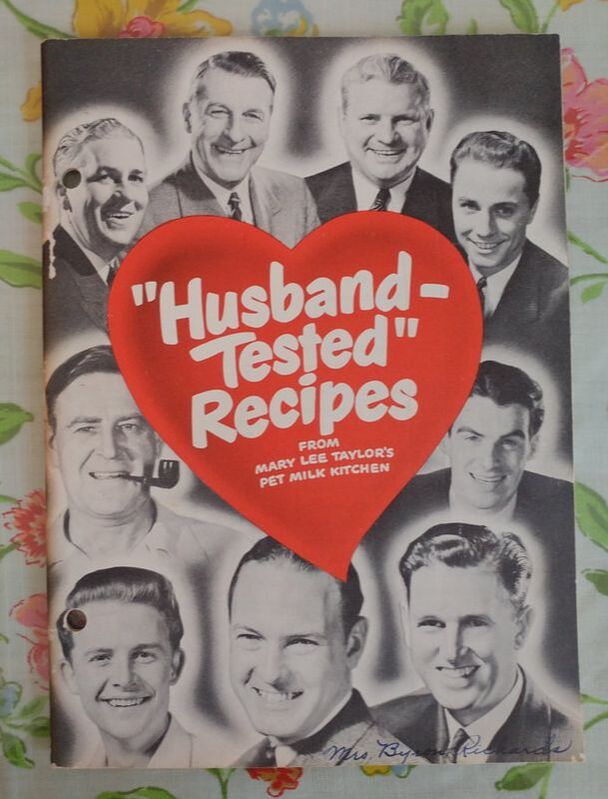
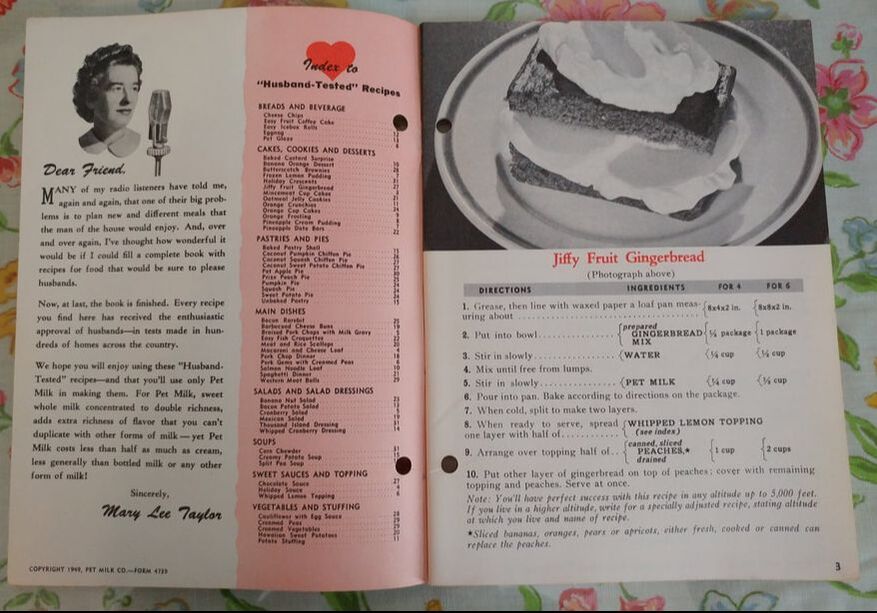
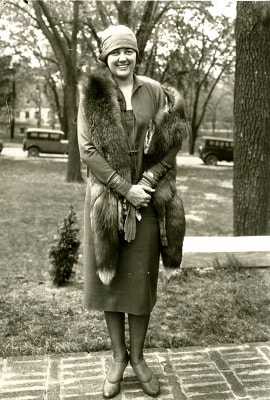
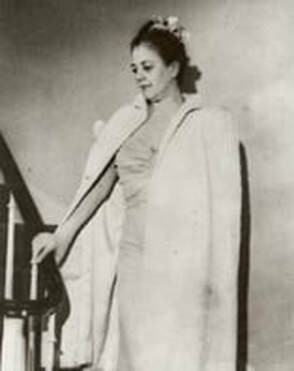
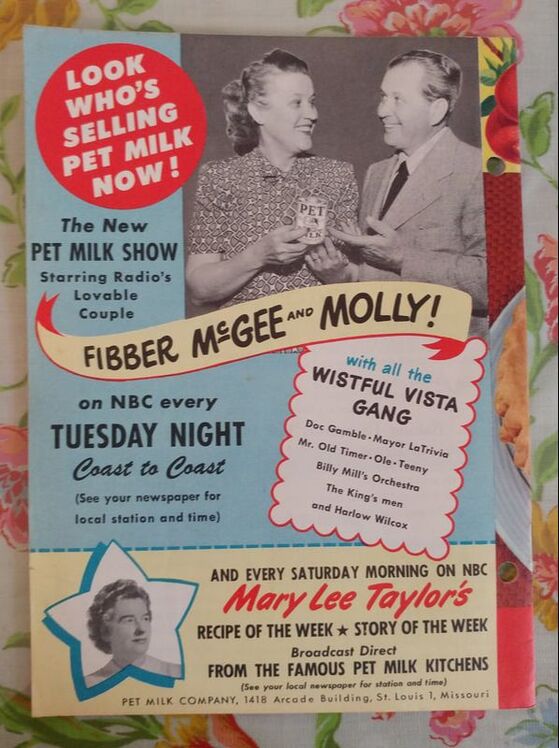

 RSS Feed
RSS Feed